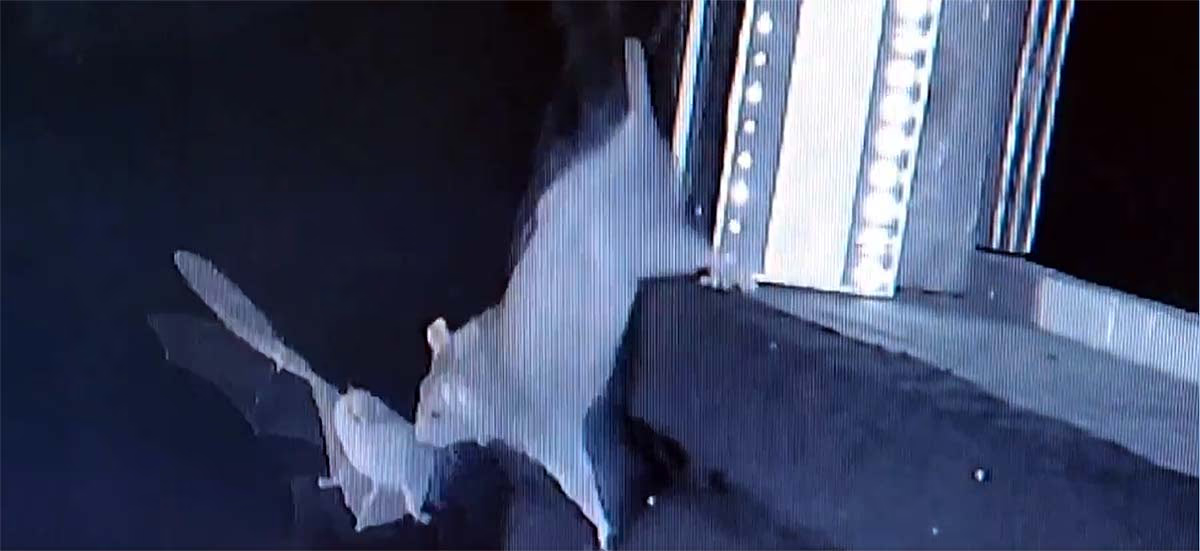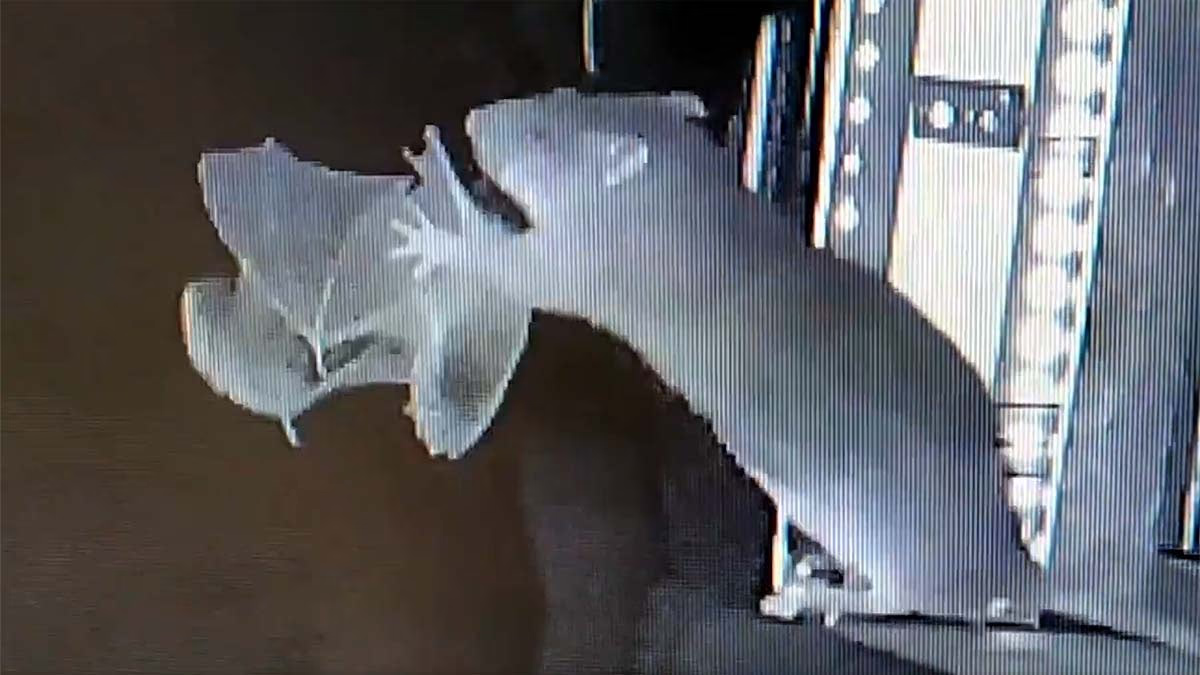In the darkness of the night, a daring mouse stands at the gate of a cave, snatching a soaring bat right out of the sky. This is not a scene from a movie, but an actual event in a German cave. For the first time, scientists recorded this spectacle with infrared cameras. This groundbreaking discovery was published in the Global Ecology and Conservation
this month. Let’s delve into this intriguing and chilling story, step by step.
This extraordinary event occurred in the Segeberg Kalkberg Cave in Northern Germany, about 50 kilometers north of Hamburg. This cave is home to thousands of bats, including species like the natterer’s bat (Myotis nattereri) and Daubenton’s bat (M. daubentonii). These bats play a vital role in maintaining environmental health by controlling insect populations.
Also Read: The Kilauea Volcano Eruption: Devil’s Horns of Lava Reach 1,500 Feet
From 2021 to 2024, scientists closely monitored this cave. A special device was installed that counts bats, equipped with a man-made landing platform where bats usually roost. However, this platform became an ideal hunting ground for the mice. Infrared cameras captured high-definition recordings, even in the pitch-black night.
The footage reveals a mouse (Rattus norvegicus) – a notorious invasive species in Germany – poised on the platform. As a bat approaches, either flying or after landing, the mouse leaps swiftly, capturing the bat mid-air. The bat is then dragged down and consumed as the mouse’s meal.
Also Read: Q&A: Cyclone Methane-Hurricane Melissa’s Origins and the Havoc They Can Wreak
Over three years, scientists documented 30 hunting attempts with 13 successful kills. Mice hunt at night, despite their poor vision, yet they succeed remarkably. Scientists speculate that mice use their whiskers to sense minute changes in air pressure caused by the flapping wings of bats—an ingenious hunting method similar to radar.

Source: aajtak
This marks the first instance worldwide where mice have been captured on film snatching flying bats. While animals feeding on bats in caves was known, such hunting by mice is novel. Mice, as invasive species, can spread rapidly, causing environmental harm.
It’s estimated that even a few mice in a cave can kill thousands of bats. Bats are critical for the environment by controlling pests and protecting crops. A decline in bat numbers due to mice can disrupt the ecosystem.
Also Read: Why Does Pollution in Delhi-NCR 'Lock in'? The Connection with Himalayas and Aravallis
Mice are not just predators but carriers of diseases too. Bats harbor various viruses, such as the coronavirus and paramyxovirus. Mice, when feeding on or even touching these bats, can become infected, passing diseases on to humans. Such predation in caves could be a potential path for virus transmission. Scientists warn that mice, previously underestimated, now pose a significant threat to bats.
This serves as a wake-up call. Scientists are now exploring ways to reduce mice numbers, such as setting traps or preventing infestations. Keeping caves clean is crucial. If you visit Germany or similar locations, refrain from disturbing wildlife. Balancing bats and mice populations is vital for the environment. This story illustrates nature’s beauty and brutality. How did a small mouse evolve into such a cunning predator?




